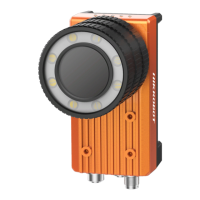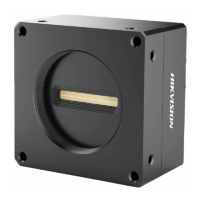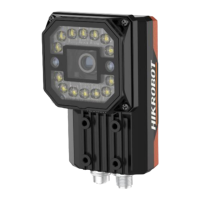What to do if there is no image during live view on HikRobot X86 Digital Camera?
- NNicholas SmithAug 5, 2025
If there is no image during live view with your HikRobot Digital Camera, it could be due to a couple of reasons. First, if trigger mode is enabled but there's no trigger signal, disable trigger mode in the client under Trigger and IO Control. Second, your computer's firewall or antivirus software might be blocking the image data. Try turning off the firewall and antivirus software, or add the client to the antivirus software's whitelist.



